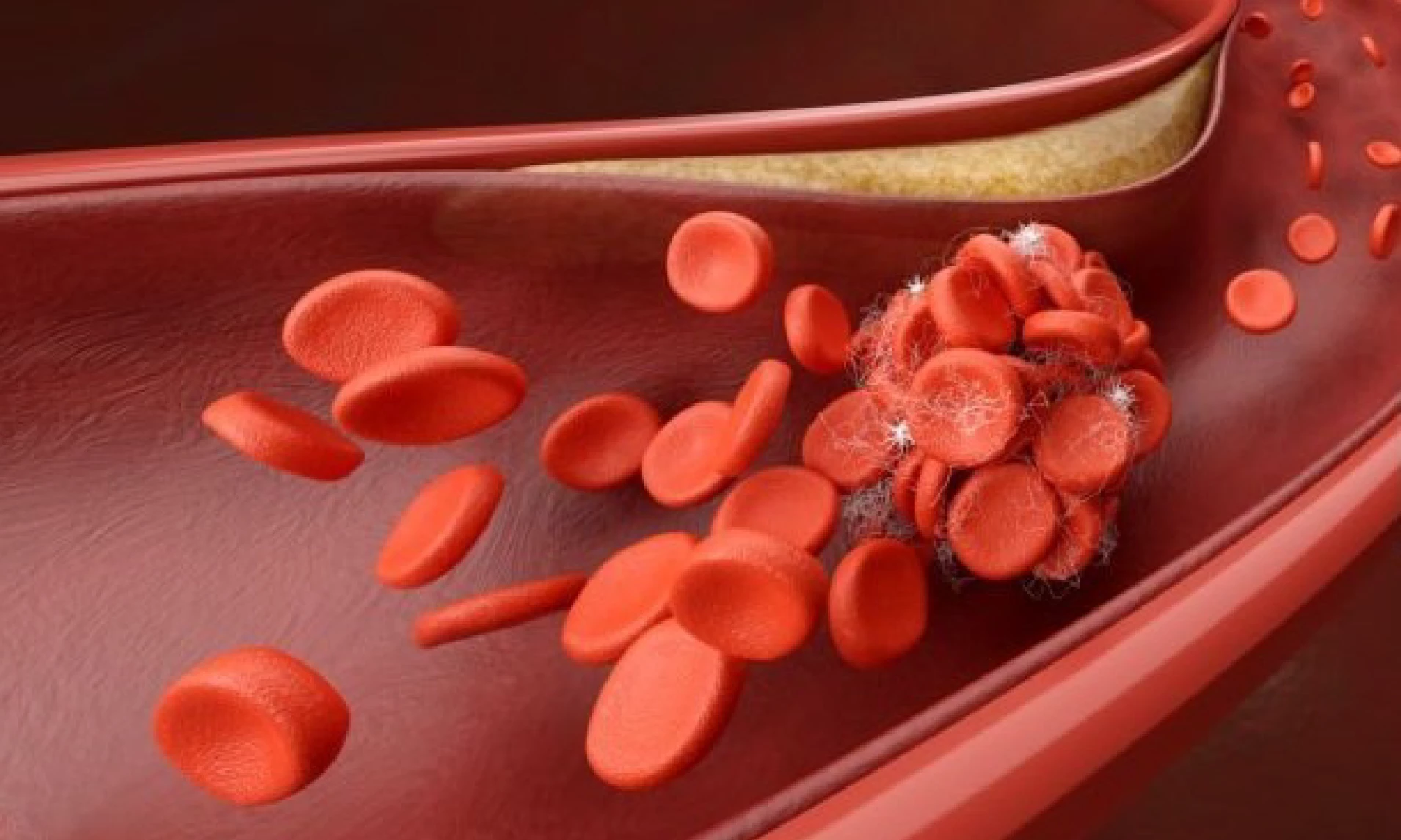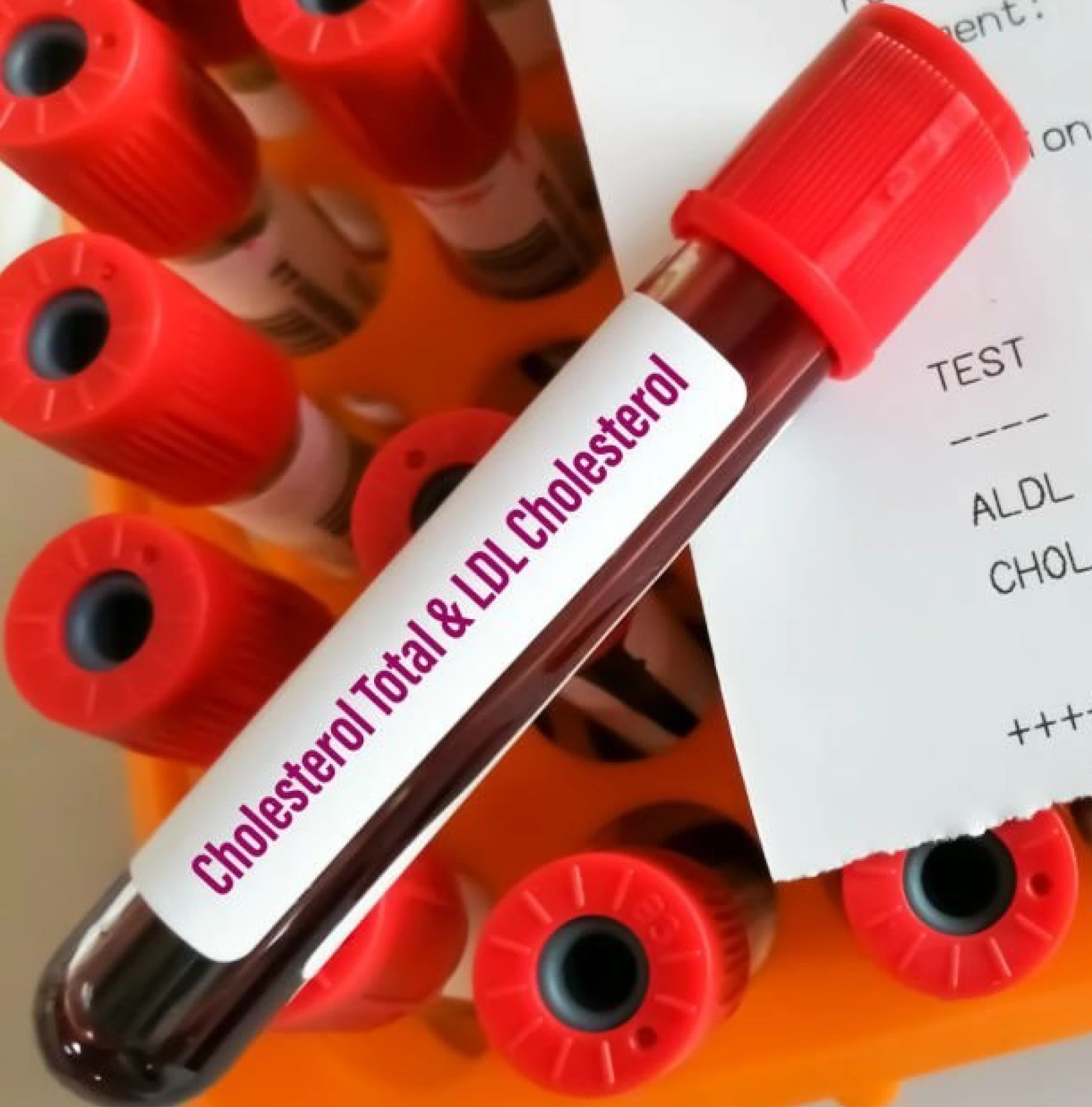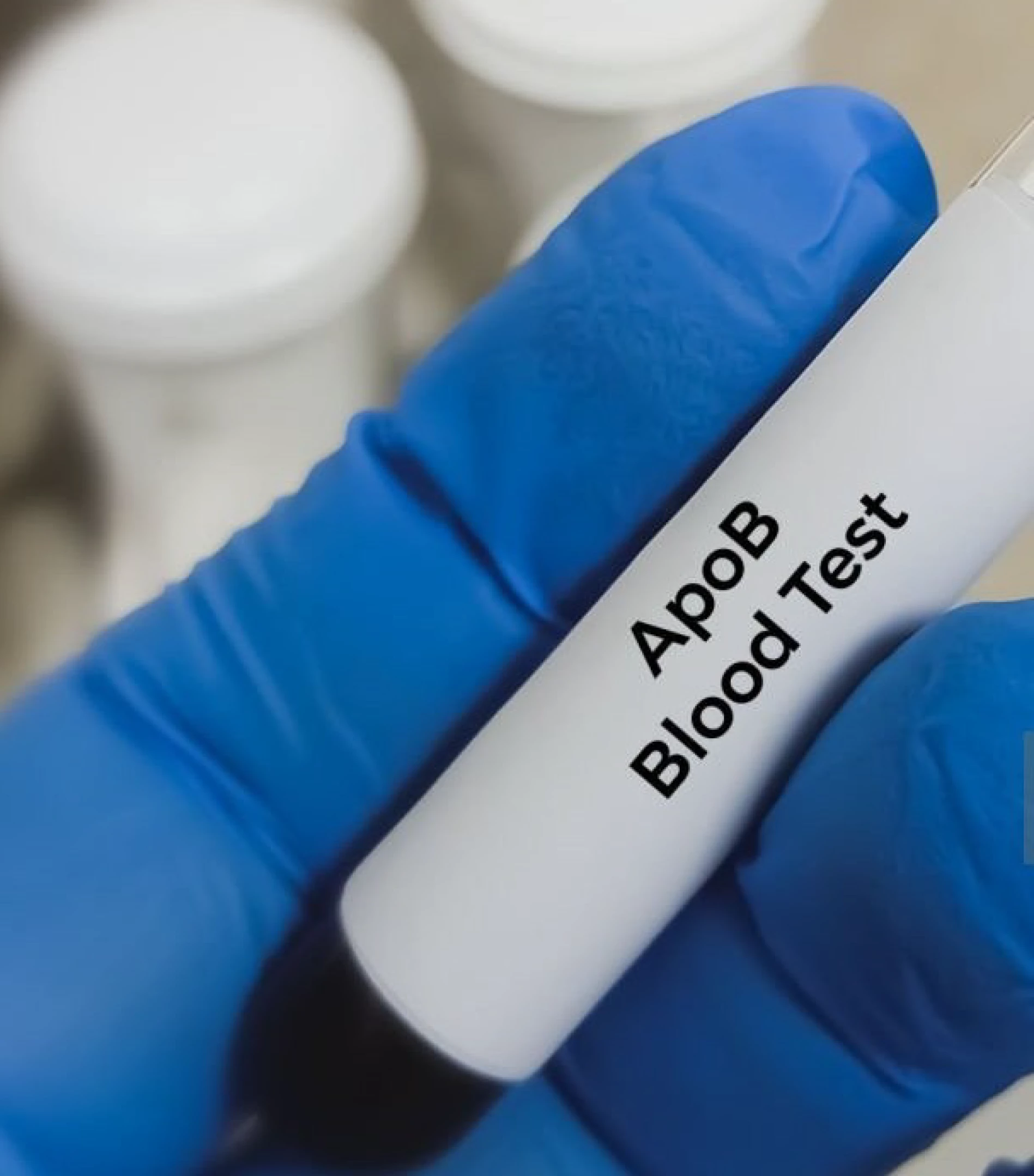Why do we need a broader view of cholesterol?
Cardiovascular disease remains one of the leading causes of death in the developed world. Almost everyone knows someone in their environment who has been affected by this type of disease. When we think of the risks that contribute to cardiovascular disease, we often think of LDL cholesterol, also known as the ‘bad’ cholesterol. According to current guidelines, it is a key factor in the excessive accumulation of fat in the arteries and the development of atherosclerosis, but the research presented below points out that LDL cholesterol alone is not the best indicator of the risk of developing cardiovascular disease and increased mortality. An important finding of the researchers is that Apolipoprotein B (ApoB) and non-HDL cholesterol are better predictors of heart disease risk than LDL cholesterol, especially in patients taking drugs such as statins.




